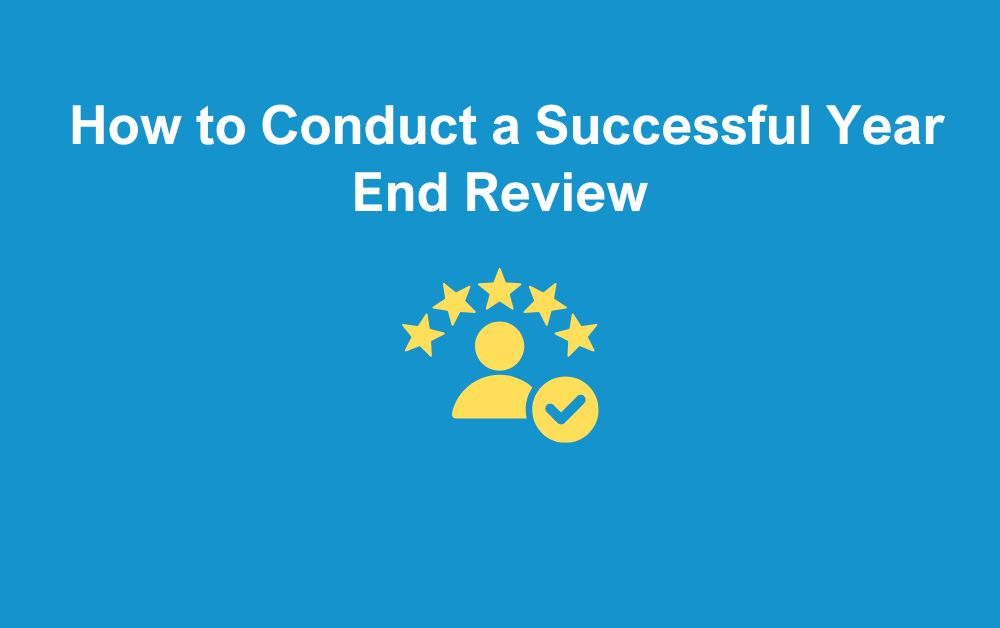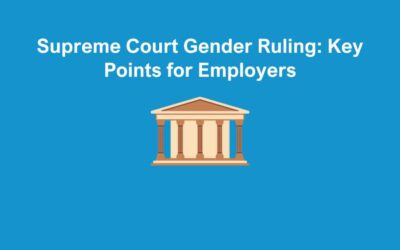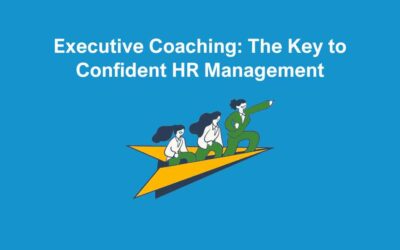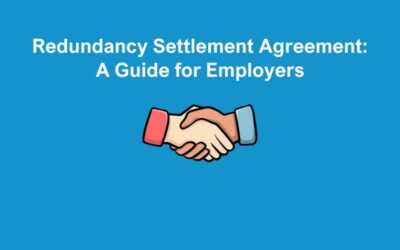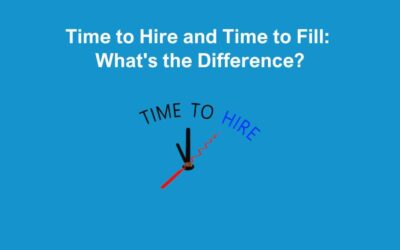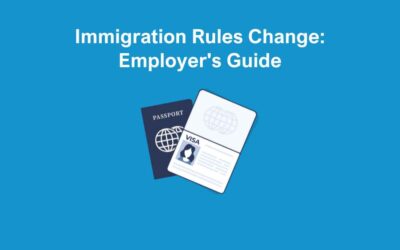As the end of the year approaches, it’s the perfect time to reflect, evaluate performance, and set goals for the future. A year end review is essential for businesses looking to improve employee performance and strengthen organisational growth.
A recent YouGov survey found that only 26% of employees felt their reviews were useful. To avoid your employees feeling like this, it’s important to plan effectively. This will ensure your reviews are meaningful, productive, and motivational.
If you’re unsure where to start, this guide will walk you through planning, conducting, and following up after the meeting. We’ve also included insights on using a template for year end review to streamline the process.
What is a Year End Review?
This is a structured discussion between managers and employees to assess performance over the past year. It helps identify successes, challenges, and areas for development. Beyond evaluating past performance, it’s also a forward-looking exercise to set goals for the year ahead.
Why Are Year End Reviews Important?
Year end reviews provide:
- Feedback opportunities: Employees gain insights into their performance.
- Alignment of goals: Ensures employee objectives align with company priorities.
- Motivation: Recognising achievements boosts morale and engagement.
- Strategic planning: Establishes clear expectations for the next year.
- Accountability for everyone: provide a chance for open, frank conversations to either solve issues or celebrate successes.
- Maintaining business success: An opportunity to identify what’s working and what needs improvement. Identifying any issues ensures things run smoothly.
How to Plan a Year End Review
A well-planned review creates a productive and stress-free experience for both managers and employees. Follow these steps to prepare:
1. Set Clear Objectives
Before scheduling the meeting, define its purpose. Are you focusing on performance improvement, career development, or employee engagement? Clear objectives guide the conversation and ensure actionable outcomes.
2. Use a Template for Year End Review
A template for year end review helps structure discussions, ensuring you cover all key areas. Templates typically include sections for:
- Key accomplishments
- Performance against goals
- Challenges faced
- Development opportunities
- Future objectives
This consistency makes the process smoother and ensures no critical points are overlooked.
3. Gather Data
Collect relevant information before the review. This includes:
- Performance metrics
- Feedback from colleagues
- Previous goals and objectives
- Self-assessments from employees
Having this data ready ensures the discussion is factual and focused.
4. Schedule Reviews in Advance
Avoid last-minute planning. Schedule reviews well in advance and provide employees with ample time to prepare. Share the template and any required documents beforehand.
5. Create a Comfortable Environment
Choose a quiet, private setting where employees feel comfortable discussing achievements and challenges openly. A supportive environment fosters honest communication.
Conducting the Year End Review
When conducting a year end review, follow a structured approach to make the discussion effective and engaging:
1. Start with Positives
Begin by acknowledging the employee’s achievements. Recognising their hard work sets a positive tone for the meeting and builds confidence.
2. Discuss Areas for Improvement
Constructively address areas where performance could improve. Use specific examples and provide actionable suggestions. Avoid vague criticism, as it can demotivate employees.
3. Encourage Employee Input
This style of meeting isn’t just about the manager’s perspective. Encourage employees to share their thoughts, concerns, and career aspirations. This two-way conversation promotes engagement and trust.
4. Set SMART Goals
Define clear goals for the upcoming year using the SMART framework:
- Specific
- Measurable
- Achievable
- Relevant
- Time-bound
SMART goals help employees stay focused and accountable.
5. Document the Discussion
Use your template for year end review to record key points discussed during the meeting. Proper documentation ensures follow-up actions are clear and helps track progress throughout the year.
The Importance of Setting Goals for the Following Year
Setting goals for the upcoming year is a crucial step in the process. It provides direction, motivation, and a framework for evaluating success. Here’s why goal-setting should be a priority:
- Clarity and Focus
Establishing clear objectives helps employees understand what is expected of them. When goals are specific and aligned with organisational priorities, they guide employees toward meaningful contributions. - Motivation and Engagement
Goals give employees something to strive for, keeping them motivated and engaged. Achieving these targets provides a sense of accomplishment and reinforces their value to the company. - Alignment with Business Strategy
As part of the year end review, setting goals ensures individual efforts are in sync with the company’s broader strategy. This alignment helps the organisation move cohesively towards its long-term vision. - Measurement of Progress
Goals provide measurable benchmarks for success. They make it easier to evaluate performance throughout the year and adjust plans if necessary. - Encouraging Growth and Development
Well-designed goals often include opportunities for skill-building and professional development. This supports employee growth and increases job satisfaction. - Improved Collaboration
When teams have aligned goals, it fosters collaboration and reduces miscommunication. Everyone works toward shared outcomes, creating a stronger, more unified team dynamic. - Adapting to Change
Setting goals at the start of the year provides a foundation, but it also prepares teams to adapt as circumstances evolve. Revisiting and adjusting goals throughout the year ensures they remain relevant.
By taking the time to set thoughtful and actionable goals, you can give employees a clear path forward, drive their success, and contribute to the company’s overall progress.
Common Challenges and How to Overcome Them
Year end reviews can sometimes feel daunting, but these tips can help you address common challenges:
- Time Constraints: Use a standardised template to streamline the process and save time.
- Employee Anxiety: Reassure employees that the review is a collaborative process aimed at growth, not criticism.
- Bias: Rely on objective data and performance metrics to ensure a fair evaluation.
Following Up After the Year End Review
The review doesn’t end with the meeting. Proper follow-up is crucial to ensure success. Here’s what to do next:
1. Share Written Feedback
Provide employees with a written summary of the review. This reinforces key points discussed and serves as a reference for future progress.
2. Monitor Progress
Regularly check in with employees on their goals. Frequent feedback ensures they stay on track and feel supported.
3. Adjust Goals if Necessary
Circumstances can change. Be flexible and willing to adapt goals to align with new challenges or opportunities.
The Power of Regular Feedback: Beyond the Annual Review
The year-end review is a valuable opportunity for reflection, but it should never be the sole time employees receive feedback. Relying solely on an annual review risks missing opportunities for growth, recognition, and course correction throughout the year. Regular, ongoing feedback fosters a culture of continuous improvement, strengthens relationships between managers and employees, and helps individuals stay aligned with organisational goals. By addressing achievements and challenges in real-time, you can build trust, enhance engagement, and ensure employees feel supported and valued. This proactive approach makes year-end reviews more meaningful, as they become a summary of ongoing dialogue rather than a standalone event.
Final Thoughts
A well-executed employee appraisal is a powerful tool to enhance employee performance and drive business success. By planning ahead and fostering open communication, you can create a positive and impactful experience. If you would like a copy of our free template for year end review, contact us on our website.
Investing time in this process benefits both employees and the organisation, setting the stage for a productive and successful new year. Start planning your year end reviews today to maximise their value!

